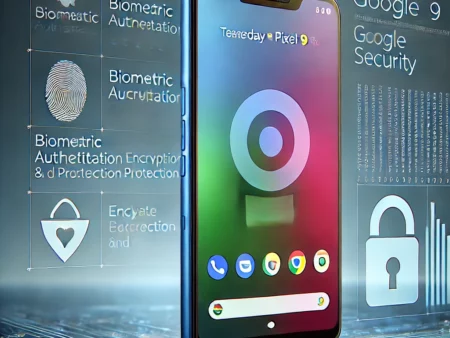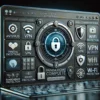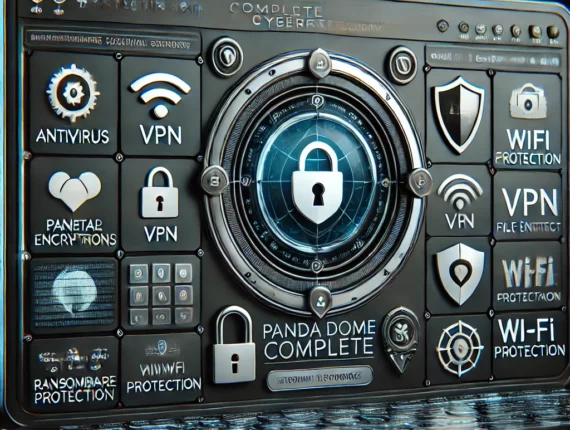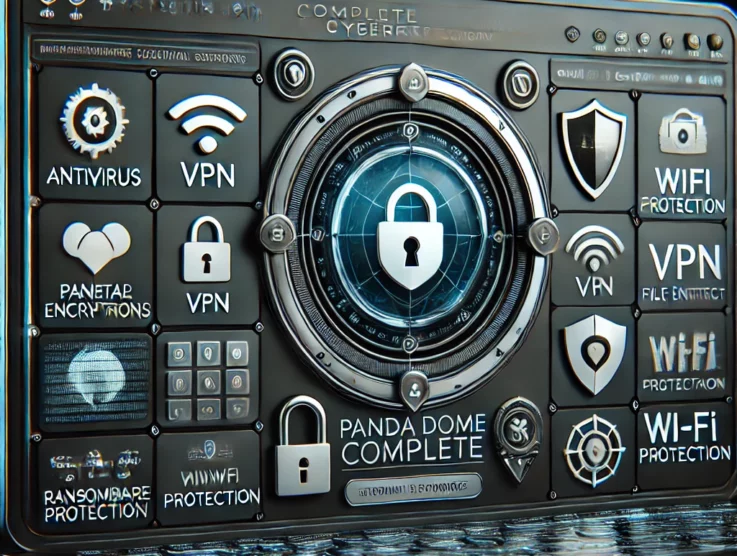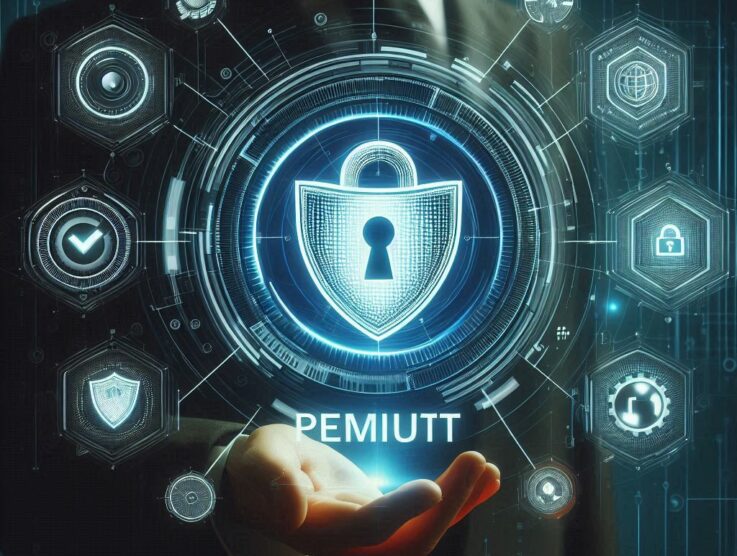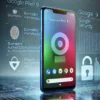As electric vehicles (EVs) and autonomous driving technologies grow in popularity, so too does the need for robust cybersecurity to protect these highly connected systems. Tesla, a pioneer in electric and autonomous vehicles, recognizes this necessity and has implemented advanced cybersecurity mechanisms to safeguard its cars from digital threats. In this article, we will explore the various methods Tesla employs to secure its vehicles, ranging from over-the-air updates to encryption and intrusion detection systems.
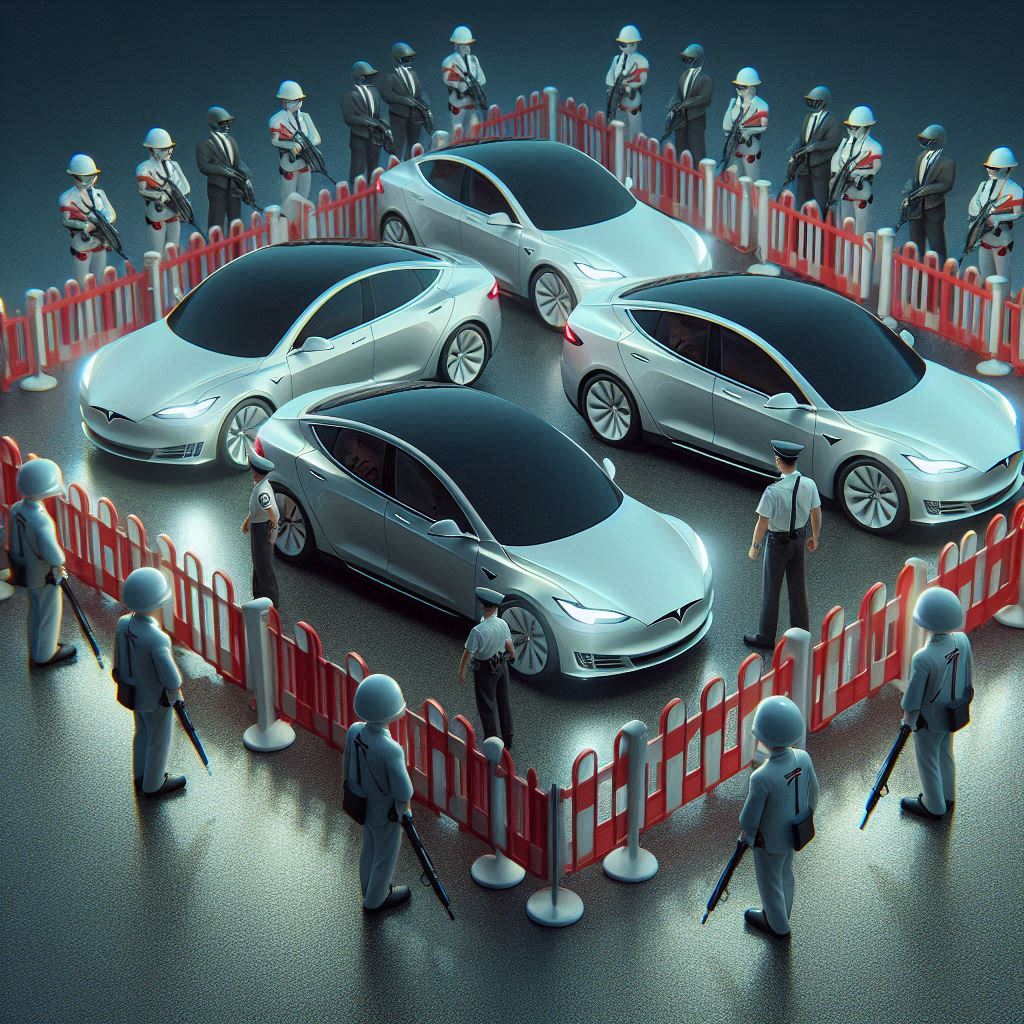
Over-the-Air (OTA) Updates
One of Tesla’s most effective cybersecurity defenses is its ability to perform over-the-air (OTA) software updates. Unlike traditional vehicles, which require visits to service centers for maintenance and updates, Tesla cars receive software patches remotely. This ensures that any security vulnerabilities identified by Tesla’s engineers can be addressed immediately, minimizing the risk of exploitation.
These updates not only enhance vehicle features but also fortify the system against emerging cybersecurity threats. Tesla’s rapid response capability through OTA updates is a critical component in maintaining a secure vehicle environment.
Encryption of Data
Tesla vehicles handle a significant amount of data, from GPS navigation information to driver behavior and autopilot functions. To protect this data, Tesla uses strong encryption protocols. Encryption ensures that all communication between the car and Tesla’s servers is secure, preventing unauthorized access or tampering.
This encryption is vital, especially as Tesla vehicles rely on real-time data for navigation, route planning, and autonomous driving decisions. By encrypting both stored and transmitted data, Tesla ensures that sensitive information remains safe from hackers.
Firewall and Intrusion Detection Systems (IDS)
To shield its vehicles from external attacks, Tesla has implemented firewalls within the onboard systems. Firewalls block unauthorized access, acting as a gatekeeper to protect the vehicle’s internal network. However, this alone is not enough. Tesla also utilizes intrusion detection systems (IDS) to monitor vehicle activities in real-time.
The IDS constantly scans for any abnormal behaviors that could indicate a cyberattack, such as attempts to bypass security protocols or access critical systems. If suspicious activities are detected, Tesla’s system can alert the company and take appropriate action to neutralize the threat.
Autonomous Driving Safety and Security
Tesla’s Autopilot and Full Self-Driving (FSD) systems require advanced cybersecurity due to their reliance on artificial intelligence and real-time data. Any breach in the system could lead to disastrous consequences, from taking control of the vehicle to interfering with its navigation.
Tesla employs multiple layers of security to protect its autonomous systems, including secure boot processes that verify the integrity of software before it runs. Additionally, Tesla’s neural networks, which process visual data from the car’s sensors and cameras, are protected by proprietary algorithms that resist tampering.
Vehicle Access Control and Multi-Factor Authentication
To prevent unauthorized physical access to Tesla vehicles, the company has implemented multi-factor authentication (MFA) for its mobile app, which acts as a key to the car. This adds an extra layer of security by requiring both the Tesla account credentials and a secondary verification method, such as a mobile device, to unlock or start the vehicle.
In addition, Tesla provides several features to enhance access control, such as keyless entry with encrypted communication between the key fob or phone and the vehicle. Even if someone tries to intercept these signals, the encryption makes it exceedingly difficult to gain unauthorized access.
Bug Bounty Program
Tesla also stands out by engaging with the broader cybersecurity community through its Bug Bounty Program. Launched in 2014, this program rewards ethical hackers for identifying and reporting security vulnerabilities within Tesla’s systems. By encouraging outside experts to probe its defenses, Tesla stays ahead of potential threats and continuously strengthens its security measures.
This collaborative approach allows Tesla to benefit from diverse perspectives on security, ensuring that even the most obscure vulnerabilities are addressed before they can be exploited.
Cloud Security and Data Privacy
Given the reliance on cloud-based systems for data storage and updates, Tesla has implemented strict cloud security measures. All data transmitted to and from Tesla servers is encrypted, and access is tightly controlled to prevent unauthorized users from accessing sensitive information.
Tesla also prioritizes data privacy, ensuring that vehicle owners retain control over how their data is collected, used, and shared. This is particularly important for customers who are concerned about the data generated by their vehicle’s autonomous driving system or their personal information being exposed.
Conclusion
Tesla’s approach to cybersecurity is multifaceted and ever-evolving, blending traditional security measures like firewalls and encryption with cutting-edge solutions such as real-time intrusion detection and machine learning algorithms. By continuously updating its systems and working closely with the cybersecurity community, Tesla ensures its vehicles are well-protected against modern threats.
As autonomous driving and connected vehicle technologies continue to grow, the importance of cybersecurity in vehicles will only increase. Tesla’s dedication to securing its cars is a critical part of its success and ensures that its customers remain safe both on the road and in the digital space.


